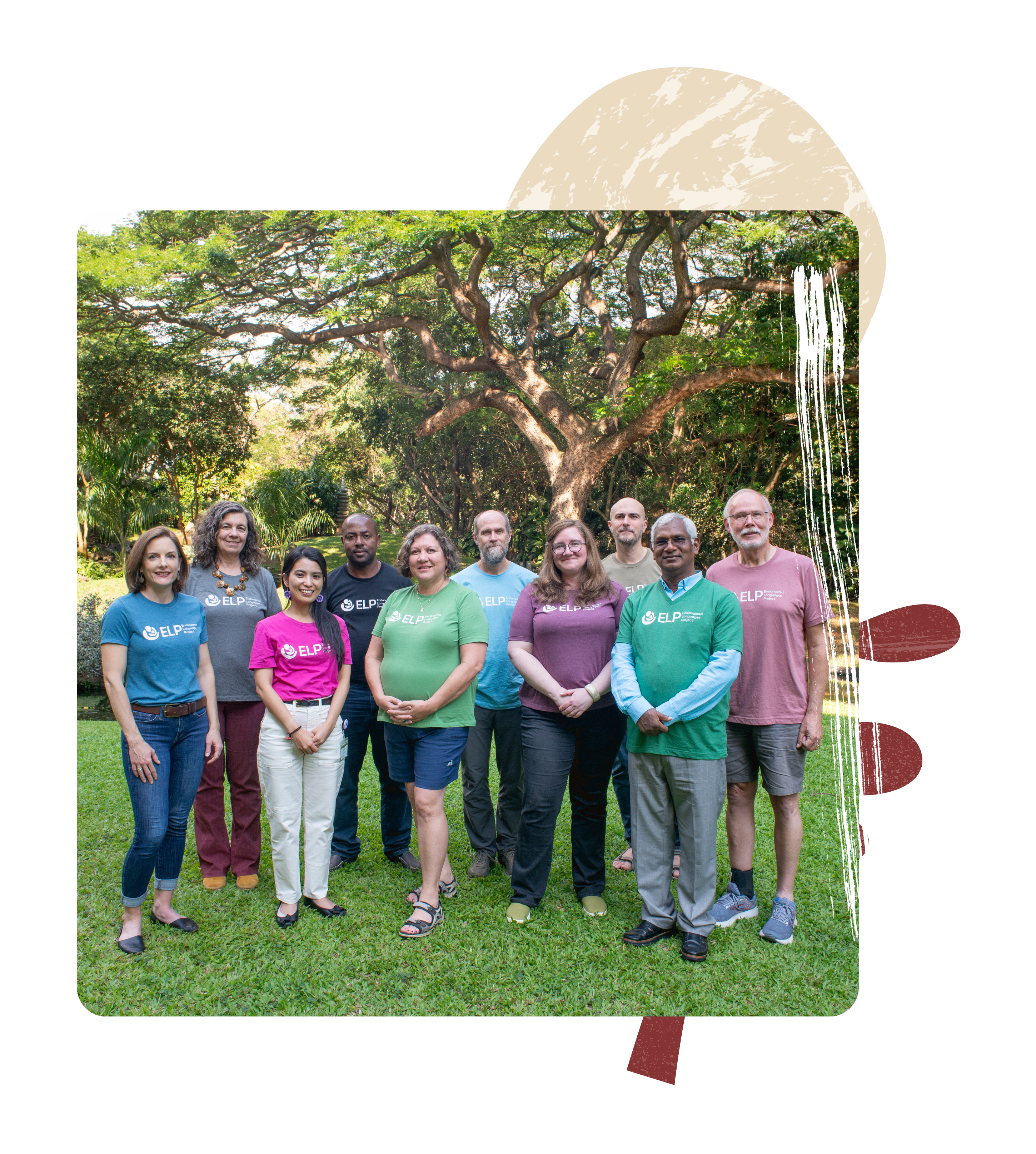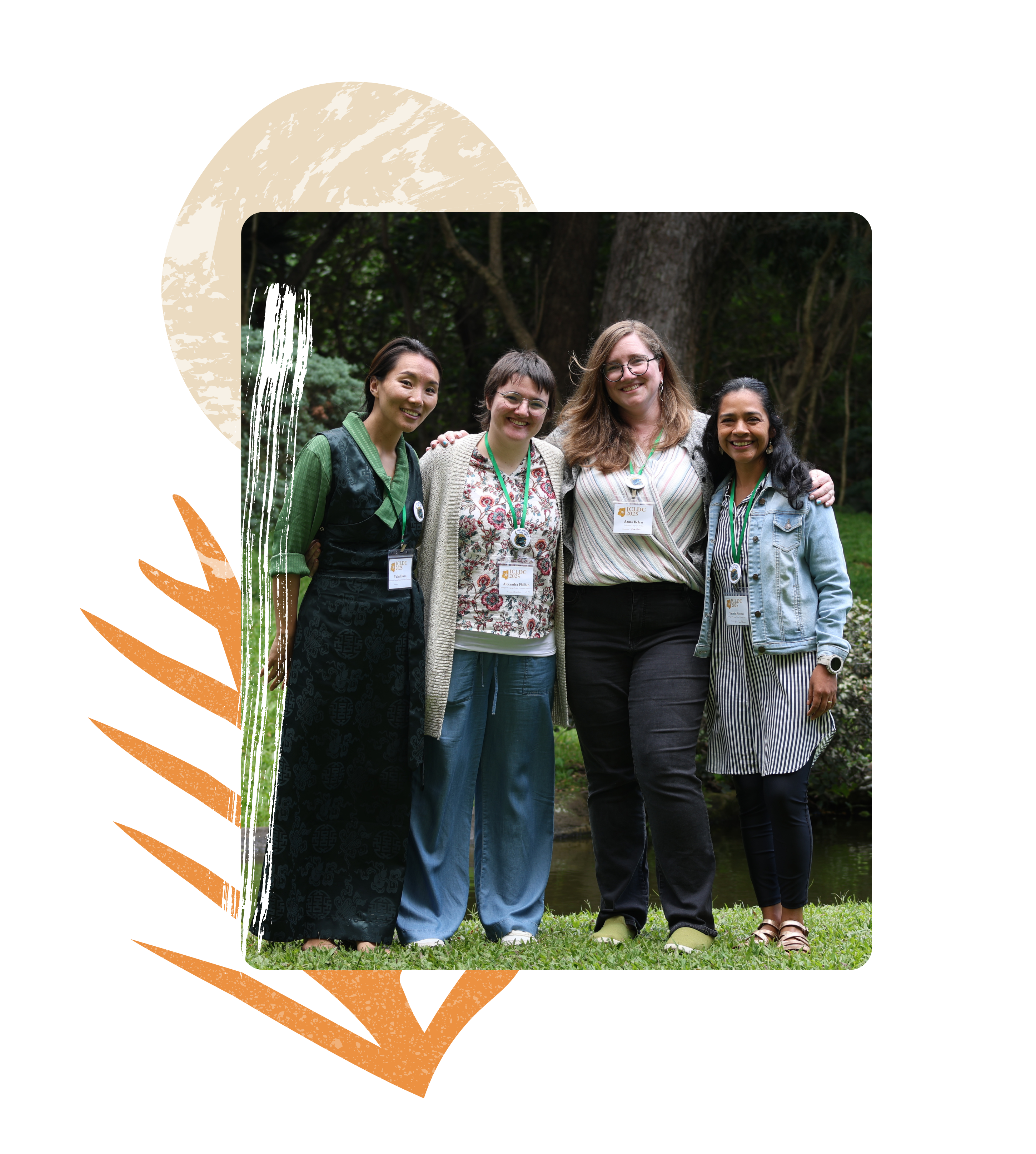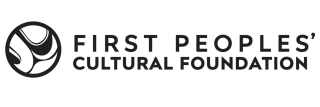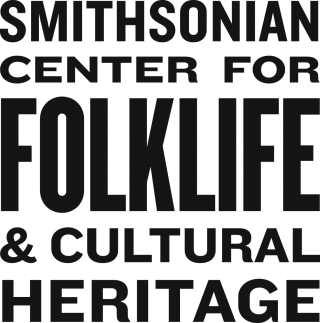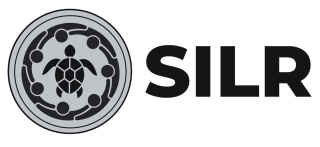The Endangered Languages Project (ELP) is a U.S.-based nonprofit organization supporting the revitalization of Indigenous and endangered languages around the world. ELP brings people together across borders and boundaries to address the urgent issue of language endangerment.
Mission
Our mission is to build networks, mobilize capacity, research and share knowledge to sustain language diversity worldwide, and provide access to evidence-based data on language vitality. By facilitating collaboration between Indigenous, endangered, and/or minoritized language communities, and supporting language revitalization & documentation, we help build a world where languages and their communities thrive.
Vision
Our vision is a world where Indigenous, endangered, and minoritized language communities are thriving, and where language diversity is valued, respected, and protected.
